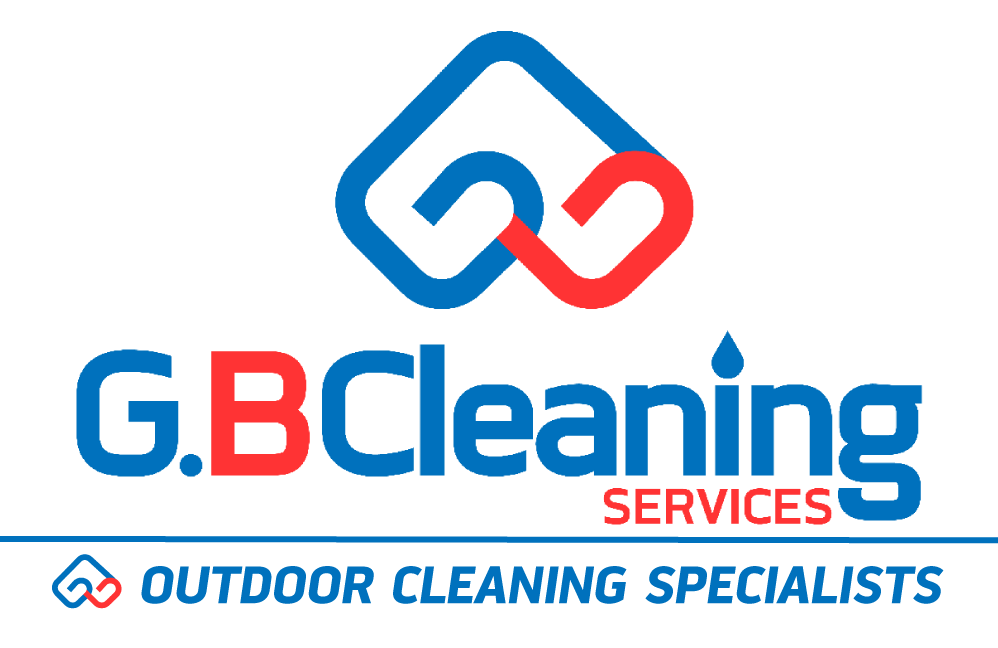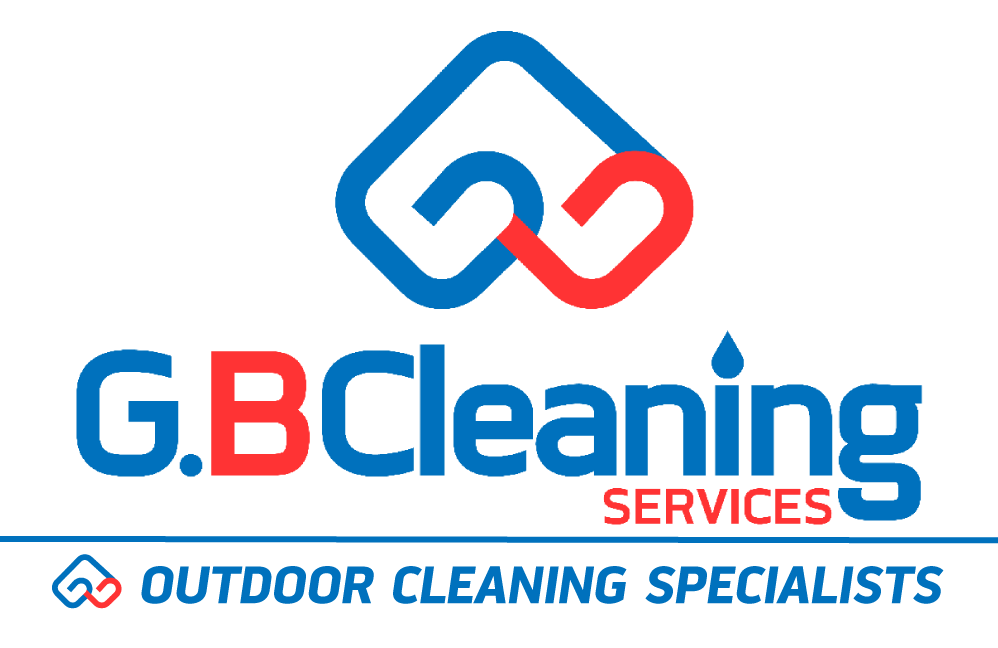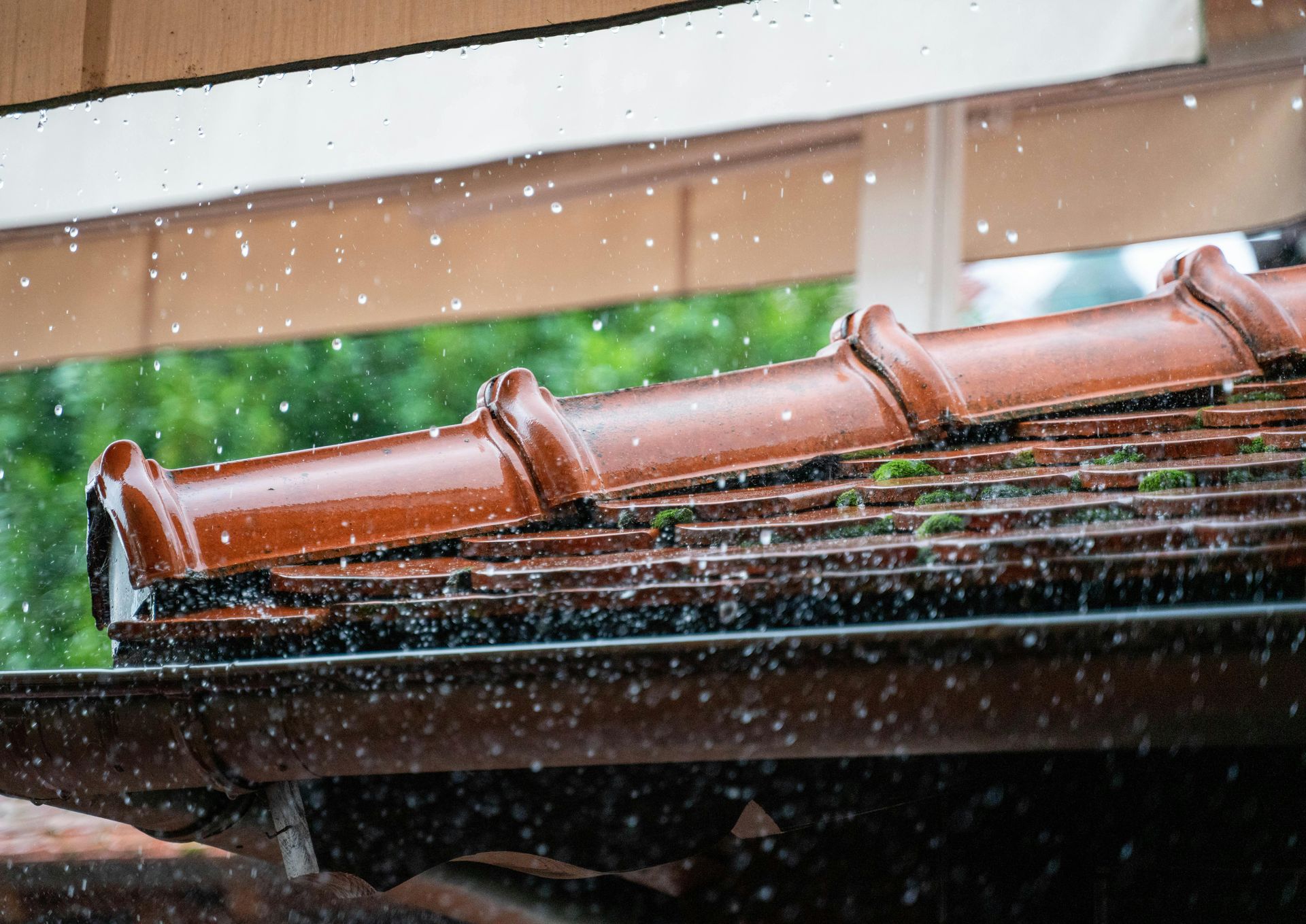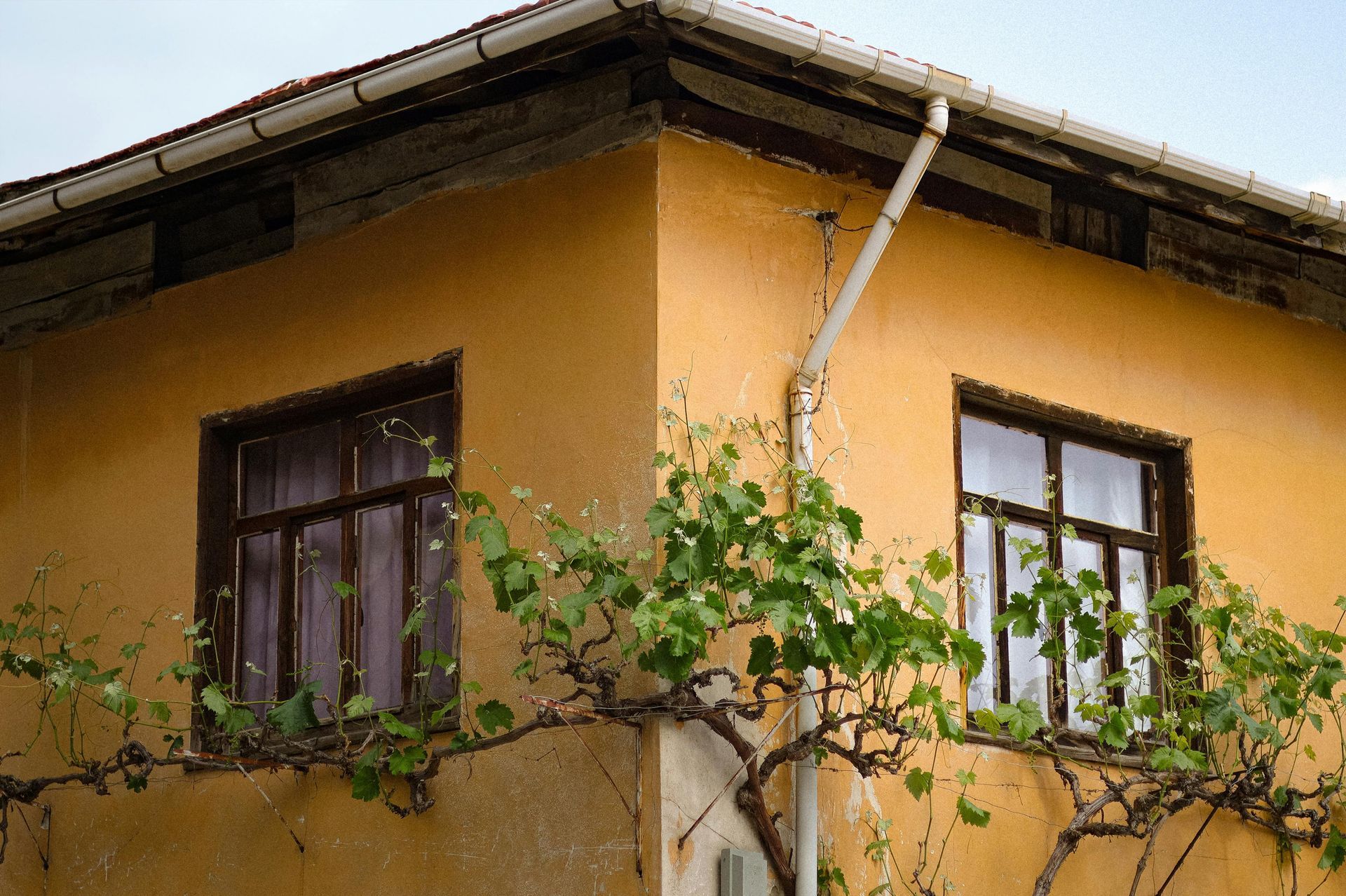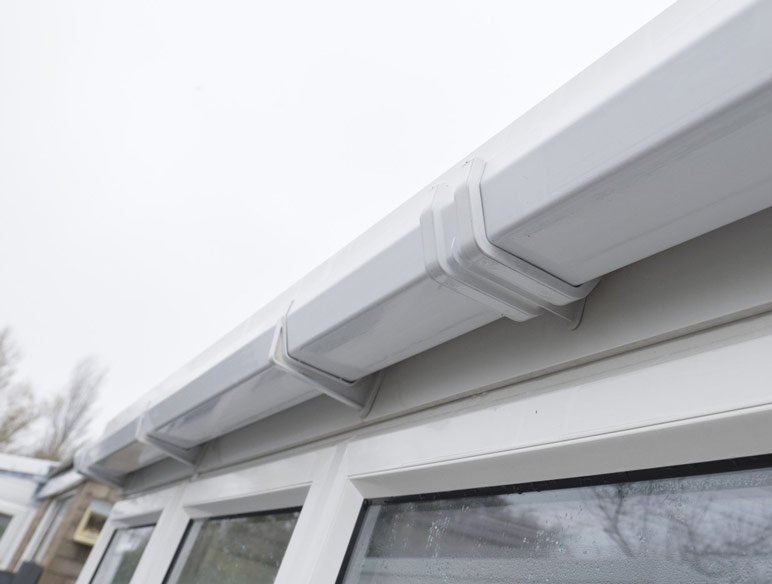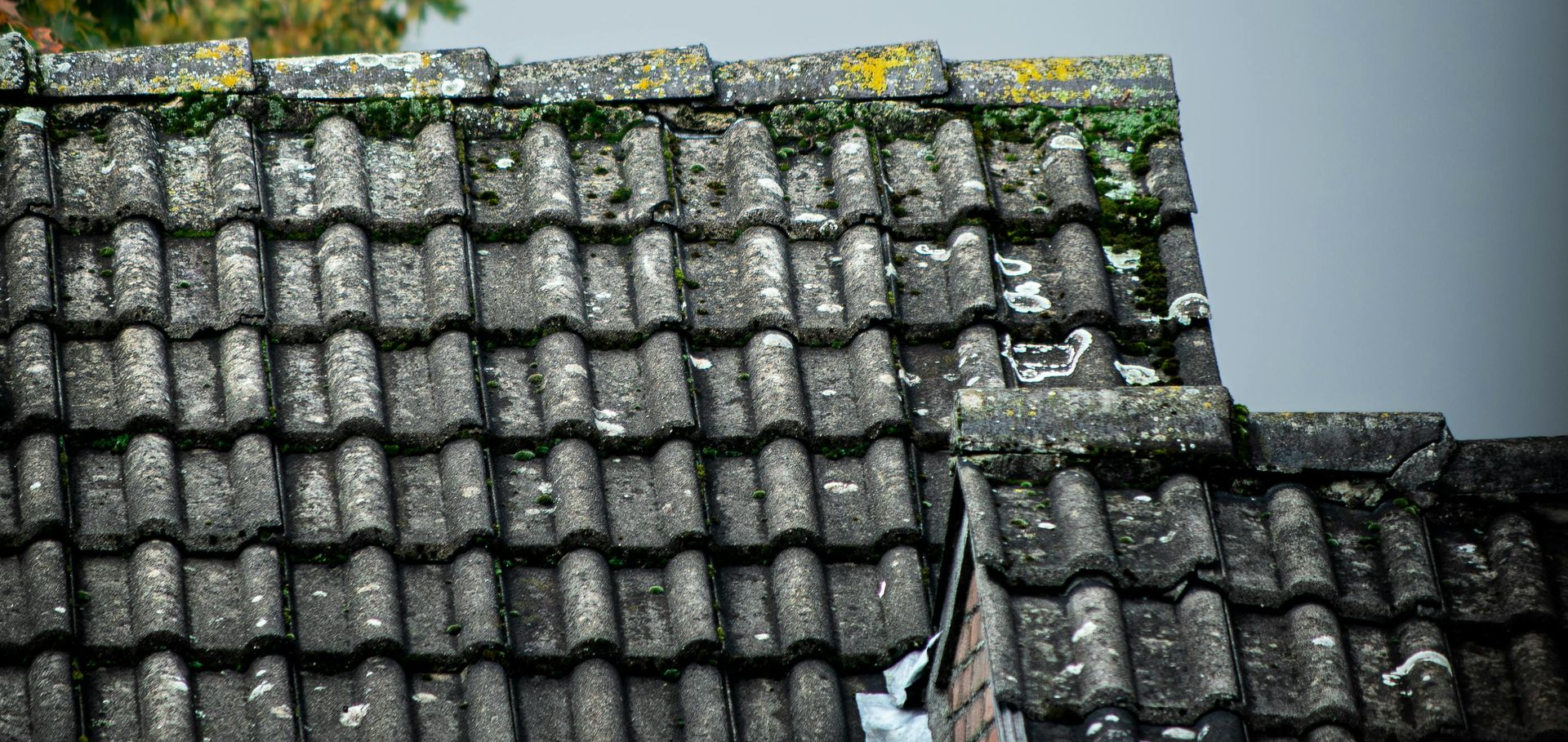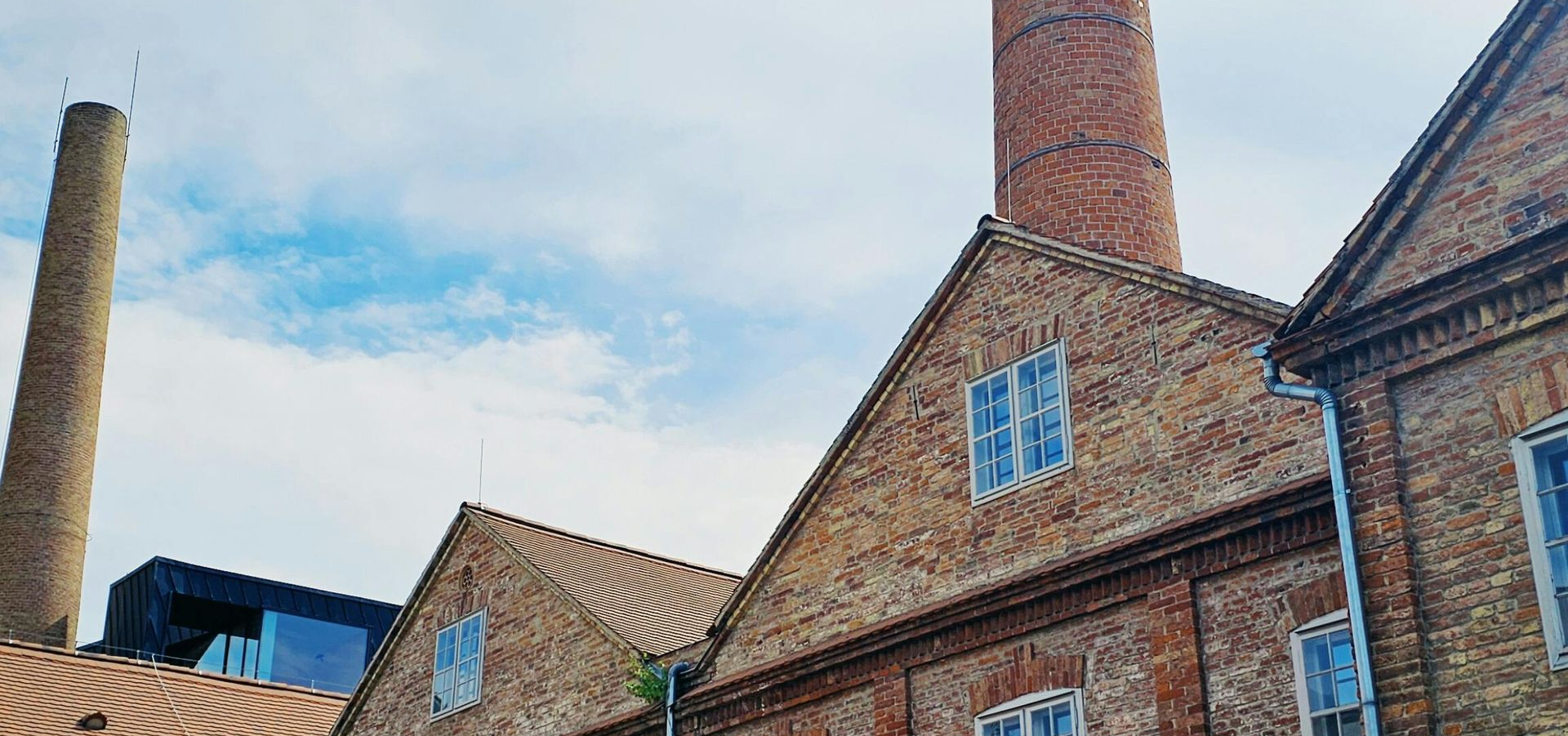The True Cost of Neglecting Your Commercial Roof: A Financial Breakdown
Every commercial property owner faces a choice: invest in regular roof maintenance or roll the dice with deferred upkeep. Whilst the second option might seem like a cost-saving measure in quarterly budgets, the financial mathematics tells a starkly different story. Understanding the true economic impact of roof neglect requires looking beyond immediate repair bills to consider the cascade of consequences that flow from a deteriorating roof system.
The Maintenance Investment Baseline
Before examining the costs of neglect, establishing what proper maintenance actually entails provides essential context. A comprehensive commercial roof maintenance programme typically costs between £0.03-£0.04 per square foot, with additional fuel charges for contractor travel. For a typical 15,000 square foot commercial property, annual maintenance runs approximately £450-£600.
This investment encompasses professional inspections, gutter clearing, minor repairs, and documentation of roof condition. Maintenance contracts generally include two to three site visits annually, with additional storm response available. The modest cost reflects the preventative nature of the work—identifying problems whilst they remain manageable rather than waiting until intervention becomes urgent and expensive.
Many property owners baulk at even this relatively modest expenditure, viewing it as discretionary spending that can be postponed during lean periods. This perception fundamentally misunderstands the economic relationship between maintenance and total lifecycle costs. Research from the commercial roofing industry demonstrates that proactively maintained roofs average 21 years of service life compared to just 13 years for reactively maintained systems—a 62% extension achieved through systematic care.
The Replacement Cost Differential
The most substantial hidden cost of neglect manifests in premature roof replacement. Commercial roof replacement in the UK typically ranges from £60 to £120 per square metre depending on material selection and complexity. For perspective, a modest 500 square metre commercial roof faces replacement costs between £30,000 and £60,000.
Consider a real-world scenario based on industry data: a 25,000 square foot roof replacement costing £175,000. With proactive maintenance extending roof life to 21 years, the annual capital cost amounts to £8,333. Without maintenance, the same roof lasting only 13 years translates to £13,462 annually—a 61% increase in lifecycle costs. Over the 21-year lifespan of the maintained roof, the business spends an additional £107,677 by neglecting regular upkeep.
The mathematics become even more compelling when considering multiple replacement cycles over a building's operational lifetime. A commercial property serving a business for 50 years would require approximately 2.4 roof replacements with proactive maintenance versus 3.8 replacements without it. At £175,000 per replacement, this represents £245,000 in avoidable capital expenditure over the building's life.
Material choice affects baseline costs but doesn't fundamentally alter the maintenance equation. EPDM rubber roofing, lasting 20-30 years with proper care, can see its lifespan cut by a third through neglect. Metal roofing systems, whilst more expensive initially and potentially lasting 30-45 years, suffer similar percentage reductions in serviceable life without appropriate maintenance.
Repair Cost Escalation
The trajectory of repair costs follows a predictable but disturbing pattern when maintenance is deferred. Minor roof repairs in the UK average £530, whilst major interventions addressing extensive damage can reach several thousand pounds. The critical factor isn't the individual repair cost but how problems multiply when left unattended.
A small leak detected during routine inspection might require £300-£500 to repair properly. The same leak, allowed to persist for months or years, causes progressive damage far beyond the initial breach point. Water infiltration deteriorates insulation, promotes biological growth, damages structural timber, and creates ideal conditions for further leaks as materials break down.
Emergency repairs carry premium pricing that reflects both urgency and the typically more extensive damage requiring attention. Emergency commercial roof repairs range from £250 to £2,000, with urban properties experiencing 20-30% cost premiums and weekend or holiday repairs commanding even higher rates. These aren't optional expenses—when a roof fails, business operations depend on immediate intervention regardless of cost.
The repair versus replacement decision point arrives earlier for neglected roofs. Whilst a well-maintained system might undergo periodic minor repairs across decades, a neglected roof accelerates towards the threshold where repair costs approach replacement costs, forcing premature capital expenditure. This tipping point frequently occurs when repair costs exceed 30-40% of replacement value, at which point replacement becomes the only economically rational choice.
Water Damage: The Multiplier Effect
Water damage represents perhaps the most financially devastating consequence of roof neglect, with costs extending far beyond the roof structure itself. In the UK, 40% of commercial property insurance claims involve water damage, with businesses collectively spending over £730 million annually repairing water-related damage.
Water ingress creates a cascade of destructive effects. Initially, ceiling tiles, plasterboard, and decorative finishes sustain obvious damage requiring replacement. However, the more insidious consequences occur within wall cavities and above suspended ceilings where moisture accumulates undetected. Structural timber begins deteriorating, metal fastenings corrode, electrical systems become hazardous, and insulation loses effectiveness.
Mould growth emerges as water damage persists, creating health hazards that may require professional remediation. Unlike simple drying and redecoration, mould remediation demands specialist contractors, extensive containment measures, air quality testing, and often disposal of contaminated materials. Remediation costs for commercial properties routinely exceed £10,000 for significant infestations, with particularly severe cases reaching five or even six figures.
The insidious nature of gradual water damage means problems accumulate whilst remaining invisible to casual observation. By the time staining appears on ceilings or walls feel damp to touch, substantial hidden damage has typically already occurred. Professional water damage restoration, including emergency extraction, structural drying, dehumidification, and restoration, carries costs proportional to the extent and duration of exposure rather than the size of the initial leak.
For commercial properties housing inventory, the losses can dwarf structural repair costs. Retailers facing water damage to stock, manufacturers with contaminated raw materials or finished goods, and technology companies with moisture-damaged equipment may suffer losses exceeding the value of the building itself. Standard commercial property insurance typically covers sudden and accidental water damage but may exclude or limit coverage for damage resulting from neglected maintenance—a critical distinction that leaves negligent property owners bearing costs out of pocket.
Business Interruption: The Hidden Killer
Whilst structural repair costs can be quantified relatively precisely, business interruption frequently represents the most financially significant consequence of roof failure yet remains poorly understood by many property owners. Research indicates 25% of businesses experiencing flooding suffer prolonged business interruption, with some never reopening.
The average cost of flood damage in commercial settings reaches approximately £80,000, but small businesses can lose up to 50 working days following a water damage event. Translating lost trading days into financial impact requires considering both lost revenue and ongoing fixed costs that continue regardless of whether the business operates.
Consider a retail establishment generating £5,000 in daily revenue with a 20% net profit margin. Ten days of closure costs £50,000 in lost revenue and £10,000 in lost profit. However, the business still pays rent, business rates, utility standing charges, insurance premiums, and potentially staff wages during the closure. These continuing obligations might add another £5,000-£10,000 to the total cost of the interruption. The £15,000-£20,000 total cost of a ten-day closure far exceeds typical repair costs for the roof failure that precipitated the closure.
Professional services firms face different but equally significant impacts. Solicitors, accountants, consultants, and other knowledge-based businesses might operate from temporary locations or remotely during repairs, maintaining some service capability. However, productivity typically suffers, client confidence may waver, and the disruption cost still mounts. Even a 50% reduction in productivity over a month-long repair period translates to substantial revenue loss for businesses billing by the hour or dependent on timely project delivery.
Manufacturing and distribution operations face particularly acute business interruption risks. Production line shutdowns don't just eliminate revenue during the closure period—they disrupt supply chains, disappoint customers, and potentially drive business to competitors. A food manufacturer forced to halt production due to roof-related contamination risks losing major contracts that took years to secure. The reputational damage and relationship cost can extend far beyond the immediate financial impact of the closure itself.
Business interruption insurance provides partial protection against these costs, but coverage often proves less comprehensive than property owners assume. Policies typically require demonstrable physical damage to trigger coverage, include waiting periods before payments commence, and may exclude or limit coverage for losses resulting from inadequate maintenance. The gap between insured losses and actual business costs creates out-of-pocket expenses that wouldn't exist with proper preventative maintenance.
Energy Efficiency Degradation
Roof condition directly influences building energy efficiency, creating ongoing cost implications that accumulate over years. Damaged roofs compromise insulation effectiveness through multiple mechanisms: water infiltration reduces insulation performance, air leaks through damaged roof membranes increase heating and cooling loads, and biological growth can create additional insulation pathways allowing thermal transfer.
UK commercial properties face substantial energy costs, particularly for heating during winter months and cooling in summer for certain building types. Even modest reductions in insulation effectiveness translate to measurable increases in energy consumption. A 10% reduction in roof insulation effectiveness might increase annual heating costs by 5-8% depending on building type and HVAC system efficiency.
For a medium-sized commercial property with annual energy costs of £15,000, this represents £750-£1,200 in additional annual expenditure directly attributable to roof deterioration. Compounded over a decade, this amounts to £7,500-£12,000 in avoidable energy costs—enough to fund years of comprehensive maintenance or undertake significant roof refurbishment work.
The energy cost impact intensifies as roof condition worsens. Severe deterioration creating substantial air infiltration pathways or completely compromising insulation can double or even triple the energy penalty. Properties with older roofing systems showing signs of age-related degradation should consider energy audits to quantify thermal performance and inform maintenance or replacement decisions.
Structural Implications and Safety Costs
Progressive roof deterioration eventually threatens structural integrity, creating safety hazards that demand immediate attention regardless of cost. Ponding water on flat roofs adds substantial weight, water weighs approximately 10 kilograms per square metre per centimetre of depth. Significant ponding can add tonnes of unplanned load to roof structures, stressing supporting members beyond their design parameters.
Structural failure, whilst relatively rare, represents catastrophic financial and human risk. Even partial roof collapse necessitates building evacuation, emergency structural shoring, demolition of damaged sections, and complete reconstruction. Costs routinely reach six figures, with complex commercial structures potentially requiring seven-figure expenditure for comprehensive restoration.
The safety implications extend beyond collapse risk. Loose roofing materials during storms create projectile hazards to pedestrians, vehicles, and adjacent properties. Property owners bear liability for damage and injury resulting from inadequately maintained roofs, exposing businesses to substantial legal claims. Public liability insurance provides some protection, but policies typically exclude or limit coverage for damage resulting from neglected maintenance, and claims may increase premiums substantially.
Scaffolding and access equipment costs escalate when roof condition deteriorates to the point where normal access becomes unsafe. Early-stage maintenance might require only ladder access or simple edge protection, whilst severely deteriorated roofs necessitate comprehensive scaffolding, potentially including temporary roofing to protect workers and building contents during extensive repairs. These access costs can double or triple the overall project expense compared to addressing issues early when simple access suffices.
Insurance Premium Implications
Commercial property insurance premiums reflect assessed risk, and roof condition directly influences underwriters' evaluation of water damage likelihood. Properties with documented maintenance programmes and current roof condition reports typically secure more favourable premium rates than those with unknown or poor roof condition.
Following significant roof-related claims, renewal premiums often increase substantially, 20-50% increases aren't uncommon. Some insurers may decline to renew coverage altogether, forcing property owners into specialist markets where premiums run considerably higher than standard commercial property insurance rates. The cumulative cost of elevated premiums over several years can exceed the cost of maintenance that would have prevented the initial claim.
Policy excesses represent another hidden cost factor. Following roof-related claims, insurers frequently impose elevated excesses on future water damage claims, sometimes £5,000, £10,000, or even higher. These elevated excesses effectively mean property owners self-insure for smaller losses whilst maintaining coverage for catastrophic events only. The financial risk retention that results closely resembles the risk profile of having inadequate or no insurance coverage.
Some commercial property policies now mandate annual professional roof inspections as a coverage condition, with insurers reserving the right to exclude roof-related claims if inspections aren't conducted and documented. Failing to comply with these policy conditions can void coverage entirely, leaving property owners bearing the full cost of losses they believed were insured.
Compliance and Regulatory Costs
Building regulations increasingly emphasise energy efficiency and environmental performance, creating potential compliance issues when roof replacement becomes necessary. Modern replacement roofs must meet current insulation standards substantially more stringent than requirements when older roofs were originally installed.
The compliance cost differential between maintaining an existing roof and replacing it can prove substantial. A simple re-covering maintaining the existing structure might cost £40-£60 per square metre, whilst full replacement meeting current Building Regulations including upgraded insulation could reach £80-£120 per square metre. The compliance-driven cost increment represents pure additional expenditure that wouldn't occur if the original roof received adequate maintenance and achieved its full design lifespan.
Fire safety regulations similarly impose costs when replacement becomes necessary. Older roofing materials might not meet current fire performance standards, requiring use of more expensive materials during replacement or triggering requirements for additional fire suppression systems. These regulatory-driven cost increments add thousands or tens of thousands of pounds to replacement projects.
Planning permission requirements can further complicate and increase replacement costs for certain properties. Listed buildings, properties in conservation areas, or buildings with special architectural significance may face restrictions on roofing materials or methods, potentially requiring use of premium materials like slate or specialist tiles rather than modern membrane systems. These requirements can double or triple roofing costs compared to unrestricted properties.
The Opportunity Cost Factor
Capital tied up in premature roof replacement or extensive repairs represents opportunity cost—money that cannot be deployed elsewhere in the business. For growing companies, every £50,000 spent on unplanned roof replacement is £50,000 not invested in equipment, staffing, marketing, or inventory.
The timing of replacement or major repairs rarely aligns with business planning cycles. Deferred maintenance creates unpredictable expenditure requirements that disrupt financial planning and potentially require emergency funding at unfavourable rates. The stress on cash flow and working capital can prove particularly acute for smaller businesses operating with limited financial reserves.
Business valuation impacts provide another dimension of financial consequence. Properties with known roofing issues sell at discounts reflecting both required capital expenditure and the uncertainty purchasers factor into their offers. A commercial property worth £500,000 with a sound roof might see its value reduced to £450,000 or less if the roof requires imminent replacement. For property-owning businesses considering sale or refinancing, roof condition directly influences achievable valuations and terms.
Building a Financially Rational Maintenance Strategy
The cumulative financial case for proactive maintenance becomes overwhelming when examining all cost categories. Using conservative figures for a typical commercial property:
- Annual maintenance cost: £500-£750
- Avoided early replacement cost (annualised over extended life): £5,000-£8,000
- Reduced emergency repair premium: £1,000-£2,000
- Energy efficiency preservation: £750-£1,200
- Business interruption risk mitigation: £2,000-£5,000 (expected value)
- Insurance premium savings: £500-£1,500
The annual financial benefit of maintenance ranges from £9,750 to £17,700 against an annual cost of £500-£750—a return on investment exceeding 1,300%. Few business investments deliver comparable returns with similar certainty.
These calculations don't even account for less quantifiable benefits like reduced stress, preserved business reputation, maintained property aesthetics, and avoided distraction from core business activities that comes with crisis management when roofs fail.
Implementing a financially sound maintenance strategy requires several components beyond simply scheduling annual inspections. Establishing a capital reserve for eventual replacement, even whilst extending the timeline through maintenance, prevents replacement costs from becoming business-threatening events. Most finance professionals recommend reserving 2-3% of roof replacement cost annually, creating a dedicated fund that grows to cover eventual replacement without requiring emergency financing.
Documentation provides both operational and financial value. Comprehensive maintenance records support insurance claims, demonstrate due diligence if liability issues arise, and provide valuable data for predicting future maintenance needs and planning capital expenditure. These records add tangible value during property sales, offering purchasers confidence in roof condition and expected remaining lifespan.
Professional maintenance relationships deliver better outcomes than transactional approaches. Contractors familiar with a property's specific roof can detect subtle changes indicating developing issues, whilst one-off service providers lack this contextual knowledge. Long-term maintenance contracts often include preferential pricing and priority service during emergencies, providing both cost savings and operational advantages.
Conclusion: The Penny-Wise, Pound-Foolish Trap
Commercial roof neglect represents a classic case of false economy, apparent short-term savings that generate substantially larger long-term costs. The financial mathematics unequivocally favour proactive maintenance, with returns on investment exceeding 10:1 or even 20:1 when all cost factors are considered.
Business owners and property managers facing budget pressures understandably scrutinise every expenditure line. However, roof maintenance sits firmly in the essential rather than discretionary category. Viewing it as an investment in asset preservation rather than a cost to be minimised fundamentally shifts the economic analysis.
The question isn't whether businesses can afford roof maintenance, it's whether they can afford not to maintain their roofs. The cumulative cost of neglect, measured across all impact categories, dwarfs maintenance expenditure by orders of magnitude. Every pound spent on systematic preventative care saves five, ten, or even twenty pounds in avoided future costs.
Commercial property ownership brings responsibilities that can't be deferred without consequence. The roof, literally protecting everything beneath it, deserves priority in maintenance planning and budget allocation. The alternative, reactive management waiting for problems to manifest, proves consistently more expensive, disruptive, and stressful than proactive care.
For businesses seeking to optimise property-related expenditure, increasing rather than decreasing roof maintenance investment often proves the financially astute choice. The returns, both in avoided costs and preserved business operations, justify elevated maintenance budgets that might appear extravagant when viewed in isolation but prove economical when examined holistically.
The true cost of neglecting commercial roofs extends far beyond repair bills to encompass replacement costs, water damage, business interruption, energy efficiency losses, structural risks, insurance complications, and regulatory compliance expenses. Understanding this comprehensive cost picture empowers property owners to make financially informed decisions that protect both their properties and their businesses' long-term viability.
